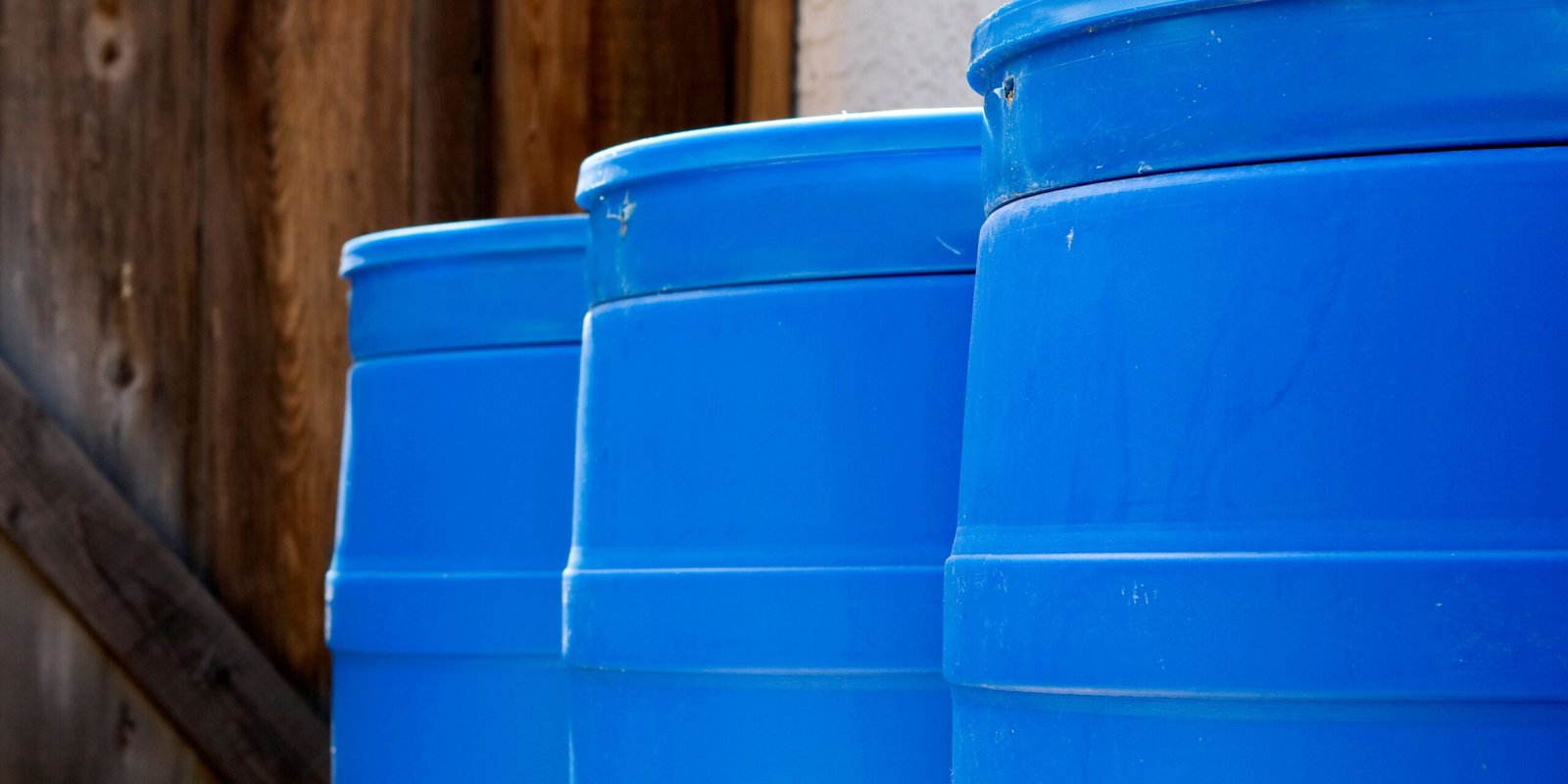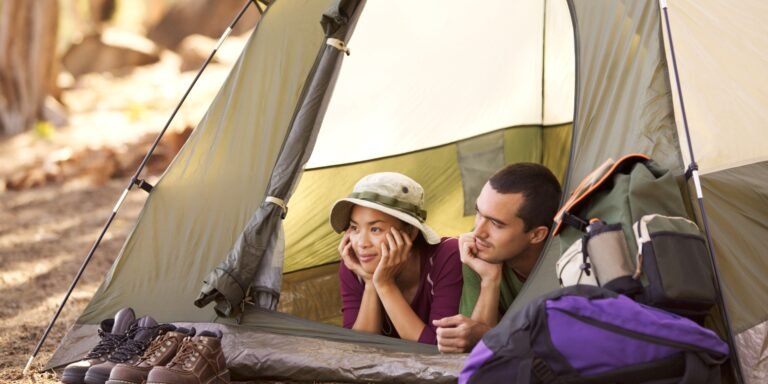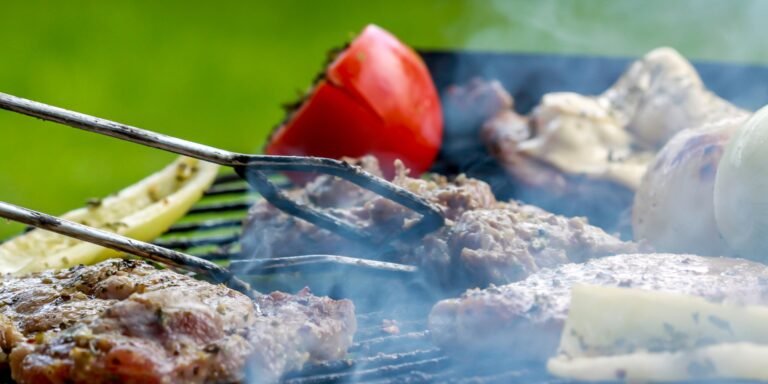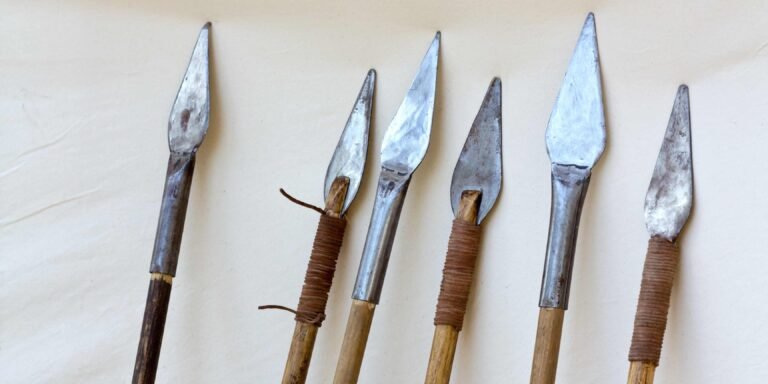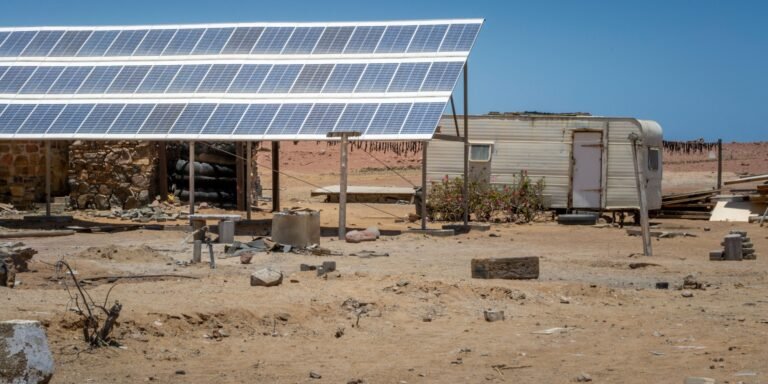How To Store Water Long Term And Keep It Fresh
This post may contain affiliate links, full disclosure here.
Must know information if you are prepping for a disaster and need to store some water for your emergency situation.
Your town is hit by a major storm and an earthquake at the same time. It’s a full-fledged quakenado.
The structure of your home is unaffected, but the power and water are out. The grid is down in your neighborhood, according to news sources, and multiple water mains have been damaged. Water service is expected to be restored in at least a week, according to conservative predictions.
Would you have enough water in your home to keep you and your family hydrated until the water supply was restored?
Water is necessary for life. It’s required for every bodily function, including digestion and metabolization. If pump stations are not operational after a crisis, local water may become contaminated or unavailable due to widespread power outages. Clean water may not be available for some time (https://www.ready.gov/water). Ask a Boy Scout about the Rule of Threes… Without water, you can only survive for three days.
Two quarts of water is the daily recommended intake, and that is simply “drinking water.” According to what I’ve read, the general quantity to preserve per person for a disaster is one gallon each day to allow for cleanliness.
I started with one-gallon water jugs from the supermarket. The containers leaked over time since they were in storage and not used for routing. They not only leaked but purchasing water in disposable containers is also bad for the environment. When you have water in your home, it makes no sense to spend energy on producing and transporting containers to be disposed of. Also, keep in mind that in a disaster situation, waste trucks will not be available to collect those plastic jugs.
If you regularly buy water bottles or jugs for everyday usage, consider the filter options described below because you already have water in your home.
See also: Top 20 Barter Items to Stockpile
Storing Water For Emergency Situations
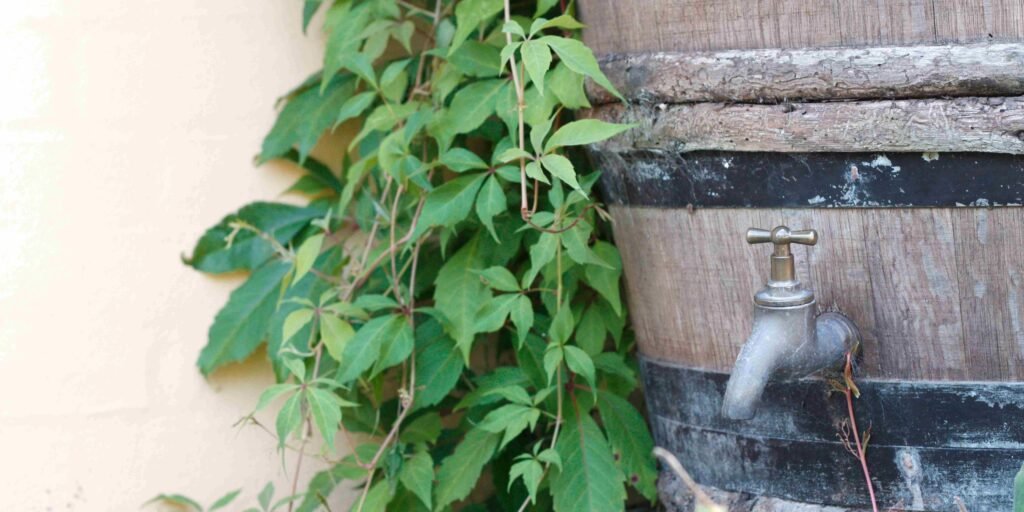
Think About Containers
Second I bought Water Containers, often known as Water Bricks. Walmart was where I purchased mine but you can also buy them on Amazon, here is a link. They have a capacity of 5-7 gallons. Because so much water is heavy, I put them in storage and added one gallon at a time to each container. I put three of them on top of each other. They, too, leaked, much to my amazement! They did, however, last a couple of years. Because they have a spigot, I keep a few of these on hand. I’m sure I’ll be utilizing one at the outhouse at some time; more on that later!

Water Bob
If you’ve read or have seen The Road, you’ll recall the scene where our protagonist starts filling up a bathtub after seeing flashes outside his window signaling the impending apocalypse. He was aware that the city water supply might be cut off shortly, and he wanted to save as much as he could before that happened. While filling a tub with 100 gallons of water is convenient, it is not very sanitary for a variety of reasons. First and foremost, when was the last time you scrubbed your bathtub? Did you clean it lately, and if so, did you use strong chemicals? In any case, you shouldn’t drink the water straight from the tap.
This is where the waterBOB enters the picture. It’s a massive plastic bag that can store up to 100 gallons of water. Simply put it in your bathtub and fill it up with water from the tub faucet. Boom! Storage of sanitary water in an instant.
This is a wonderful alternative for people who don’t have a lot of space. Simply take it out whenever you think you’ll need it. The disadvantage is that there may not be enough water to fill it up when you need it.

Water Barrels
Make sure your water barrel is food-grade if you go this route. These are less expensive, but they may contain food-grade liquids like syrup, so they must be cleaned before filling. I set it on its side, filled it with water and bleach, and turned it every day for a week. Then I drained it, put it, and filled it again. Be cautious that a 55-gallon barrel packed with 8+ pounds per gallon will weigh over 400 pounds.
There are certain drawbacks. The first is the concept of space. If you live in an apartment, a 55-gallon water bucket is probably out of the question. The second factor is the cost. It will cost you around $90 for each barrel. To fill them, you’ll also need a pump and a particular drinking water pipe. Finally, they aren’t particularly portable. A full barrel weighs 440 pounds. In the event that you need to bug out, you’ll surely want a more portable solution.

How To Store Water Bricks
Add unscented chlorine bleach to water blocks or large storage barrels before storing them. If the water is hazy, add 1/4 teaspoon (16 drops) of bleach per gallon of water; if the water is clear, add 1/8 teaspoon (8 drops). For further information, go to https://jvwcd.org/water/emergency. Because it’s stored for a year before it’s changed, I’ve always used 14 tsp. with clear water.
Water Cistern System
Rain buckets are no match for water cisterns. They’re essentially large holding containers used to collect rainwater. Water cisterns can hold anywhere between 1,400 and 12,000 gallons of water. Water cisterns are the way to go if you’re prepping for the end of the world as we know it. You’ll need a large room to house a massive water tank, as well as a system of pipes to transport rainwater to the cistern. In addition, the tanks used in cistern systems are usually not food-safe. You should either treat the water before drinking it or utilize cistern water solely for sanitary reasons.
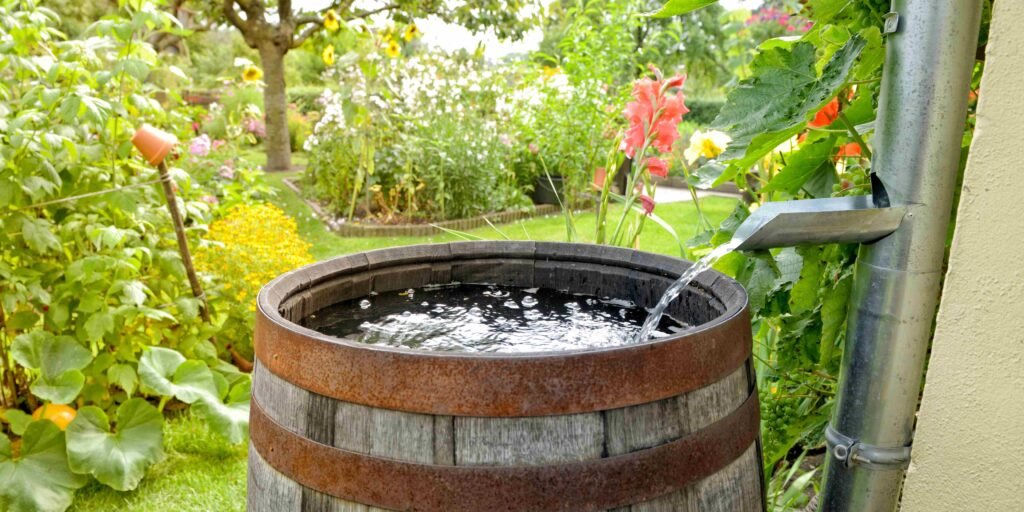
Rain Barrel
Rain barrels are a fantastic way to gather rainwater. Some cities and states prohibit them, but do we really care in a disaster? To purify the water before utilizing it, you’ll need a filter like this one.
Sourcing Other Water Sources
Make a list of local water sources. If you live near a lake, pond, or stream, the above filter is great. Even better if you have a pool or hot tub! Because water is so heavy, be sure you have a way to get it to your house. If you don’t have access to a vehicle, a wheelbarrow or wagon will suffice. The water could be transported using the blue Water Bricks seen above.
Don’t forget that the water in your toilet tank (not the bowl) and your hot water tank are both good, but unusable water.
Fill plastic containers with water if you have extra freezer space. When your freezer is full, it works more efficiently, and you’ll have extra water on hand in case of an emergency. During a power outage, the frozen water will also assist in keeping your freezer cold for longer.
Other Purification Methods – If you’re unsure about the quality of the water you’re drinking, purify it beforehand.
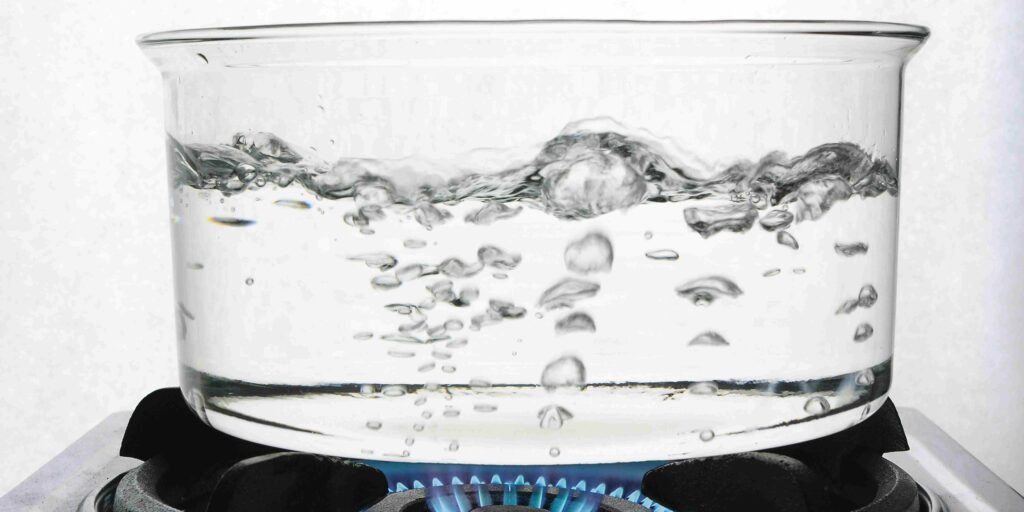
Boiling Water
Bring the water to a rolling boil for 3-5 minutes. If you add powdered drink mix or essential oil like grapefruit or orange to boiling water, it might taste better.
Bleaching Water
If the liquid chlorine bleach is pure and unscented, it can be utilized to purify water. If the water is clear, use two drops per quart or eight drops per gallon. Use 4 drops per quart or 16 drops per gallon if the water is cloudy.
Shake or agitate the water container after adding the bleach and set aside for thirty (30) minutes before drinking.
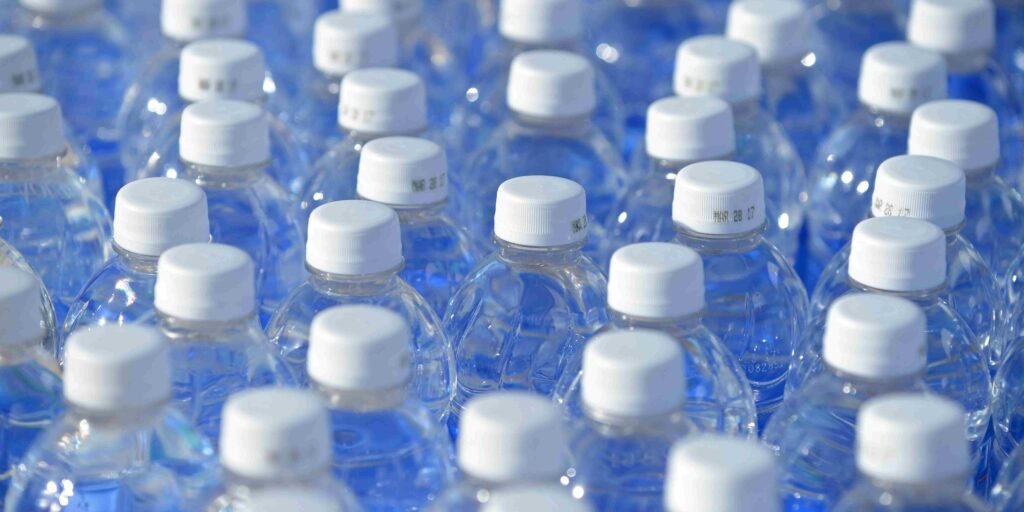
How Much Water Do I Need?
The usual rule is that one gallon of water per person per day is required. The first half of a gallon is used for drinking, while the second half is utilized for cleanliness. That number will rise as a result of a variety of circumstances. You’ll want to store additional water if you live in a hot area or if you have pregnant or nursing women in your group.
So, the basic rule is one gallon per person every day.
Then there’s the matter of how many days without water you should prepare for.
That depends on how well you want to be prepared for various levels of disaster.
If your regular water source is disrupted, FEMA recommended that you have enough water to last three days. Three days’ worth of water should plenty to get you through any water outages or pollution that may occur as a result of natural disasters such as earthquakes, tornadoes, or ice storms.
Three days is a fair starting point, but even in routine calamities, water service can be disrupted for considerably longer.
After spending hours reading survivalist websites and forums, it appears that having at least two weeks’ supply of water on hand is the common consensus. That’s 14 gallons of water for a single person. That would require 56 gallons of water for a family of four.
It’s entirely up to you whether you extend your stay beyond the two-week minimum. Finding space in one’s home or apartment to keep enough water for two weeks is a challenge for many people, so trying to find space for a month may be out of the question. Even if space isn’t an issue, long-term water storage can be prohibitively expensive up front.
My suggestion is to start with a two-week supply and gradually increase the amount as space and money become available. I have around a month’s supply of water for my household right now.

Long-Term Water Storage Solutions
So you’ve made the decision to begin preparing your emergency water supply. You’ll need a secure container to keep it in. Use only food-grade plastic bottles as a general rule. Glass bottles can also be used as long as they haven’t been used to hold non-food products.
Another alternative is stainless steel, but you won’t be able to use chlorine to treat your stored water because it corrodes steel. Finally, be sure you can seal whatever container you use to hold your water. Bacteria or other contaminants should not be present in your drinking water. Several water storage alternatives are highlighted below.
Bottled Water from the Store Buying pre-packaged bottled water is the simplest (though slightly more expensive) approach to meet your water storage allowance. It’s sterile, well-sealed, and packaged in food-grade plastic. Furthermore, bottled water is extremely portable, which is useful if you need to bug out. If you have a small area in your house or apartment, this is an excellent alternative. Simply purchase a large number of packages and store them under beds.
Bottles of soda, water, or Gatorade that have been emptied. If you’re a cheapskate, you can simply fill up empty soda/water/Gatorade bottles with tap water. Using this method, make sure to properly clean the bottles first.
Water Jugs, 5-7 Gallon You probably already have a few of them in your garage if you’re a regular camper. They’re composed of high-quality, food-safe plastic. The plastic is usually a dark blue color, which helps prevent algae growth by blocking light. The blue, I believe, is also meant to remind you that “Hey! This is only for water!” Because the jugs are often stackable, they can be stored in even the tiniest of locations. In the event that you need to leave your home base, their tiny size makes them easy to move.
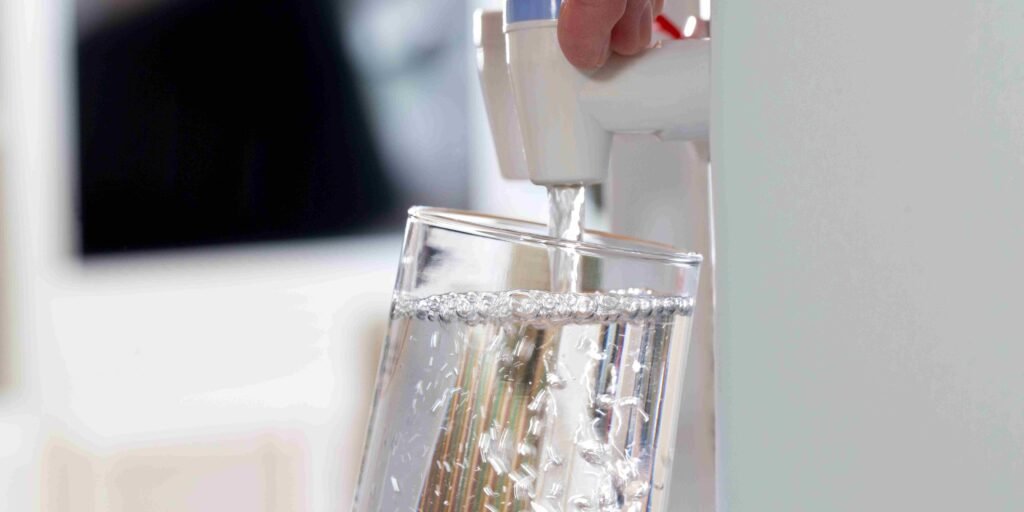
Common Questions About Water Storage
Should I cycle through my stored water every year?
Yes, you should change your water at least once a year, is the most common query, and the most common answer is yes. However, after further investigation, I discovered that this isn’t always the case. First and foremost, remember that water does not have an expiration date. Water does not spoil if properly preserved. Contamination that enters the water causes it to deteriorate. Your water might theoretically last forever if you take proper steps in sealing and storing it to prevent bacteria or other impurities from getting into it. In fact, I’ve read numerous blog postings from people who have successfully consumed five-year-old preserved water. So, no, you don’t need to change your water every year as long as you take basic safeguards. If you’re concerned about contamination, however, go ahead and do it.
Is it necessary to chlorinate my water before storing
A few prepping websites propose chlorinating your water before sealing the storage container. However, if you’re filling your water storage with city tap water, it’s not necessary. Chlorine has already been added to the tap water. You shouldn’t have to worry about germs or algae growing in your bottle or drum if you properly seal it. If you’re worried about contamination when you have to crack open your water supply, feel free to add chlorine. 1/8 teaspoon of chlorine per gallon of water is the recommended dosage. Simply purchase some water treatment drops to make things easier. They will tell you exactly what you need to know.
What about pools with saltwater?
That’s a little more difficult. On the subject, there is a lot of conflicting information available. Some argue that salt levels in saltwater pools aren’t as high as you may imagine and that they’re actually within the acceptable drinking range. However, their levels are still quite high, and excessive salt consumption in a survival situation might be harmful to your overall health, so you’re best off not drinking it. It’s best to avoid drinking the saltwater from your pool if you want to be safe. If you have a saltwater pool and want to utilize it, limit yourself to using it for hygiene reasons.
I have a swimming pool in my backyard. Isn’t that enough for my emergency water?
If you have an average-sized swimming pool in the backyard, you have roughly 20,000 gallons of water on hand in the event of a disaster. It’s unquestionably drinkable. It’s just a matter of being strategic about it. Pool water is usually free of pollutants like algae and germs thanks to the chlorine and pump/filter. Don’t be alarmed if you consume pool water that has been chlorinated.
Pools should have a chlorine level of 2 parts per million. Humans can consume water with a chlorine content of fewer than 4 parts per million. The difficulty with depending on pool water as a long-term water source is that it will go bad in a grid-down event where water and electricity are out for more than a week. First, unless you continuously adding chlorine to the pool, the chlorine levels will drop in a few days.
If you don’t have enough chlorine on hand, the water will quickly turn into algae and bacterium breeding environment. Second, your pool’s pump and the filter will not be able to clean up the filth if there is no electricity. As a result, within a week, your perfectly drinkable pool water will begin to “spoil.” If you anticipate the power will be off for longer than a week, you can consider having several collapsible water carriers on hand and filling them with pool water. Fill them all up and store them in your garage. To be safe, you should boil or chemically treat any pool water before drinking it.
What gives my stored water a peculiar flavor?
Is it tainted in any way? Because there is no oxygen in stored water, it tastes flat and strange. Swish your water about your cup a few times before drinking to get rid of that strange stored water taste.
Do I need to boil stored water before drinking it?
Boil your water if you have reason to believe it has been tainted. Don’t do it if you don’t have to. It’s a waste of resources.
Do I need to store my water away from cement?
If you plan on keeping water in 55-gallon barrels, you’ll probably hear that they should be stored on wooden pallets rather than on the cement floor of your garage. Chemicals in the cement could induce a chemical interaction with the plastic storage container, contaminating the water, according to the reasoning.


